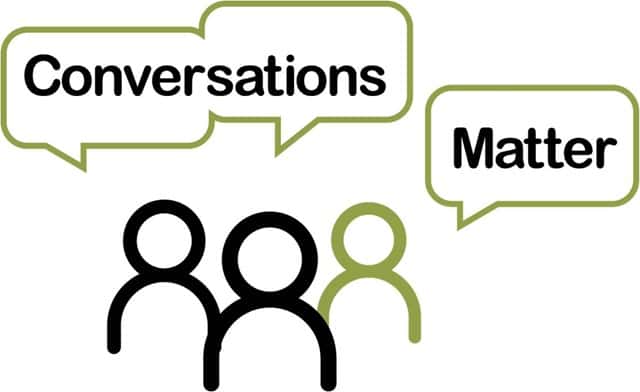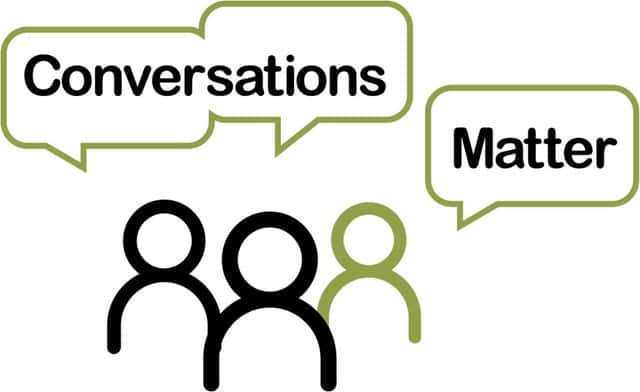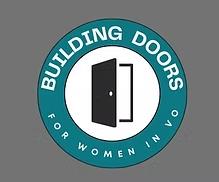 So you’ve probably heard it plenty from your coach: make it conversational! There are so many wonderful tips throughout the Such A Voice training program, and I’m sure many of you have been working through them.
So you’ve probably heard it plenty from your coach: make it conversational! There are so many wonderful tips throughout the Such A Voice training program, and I’m sure many of you have been working through them.
One of the challenges with commercial voice over, and one of the things I hear a lot is, “But I wouldn’t say that!” Yes, it can be quite difficult for us to imagine ourselves using the exact words in a given script when talking to a friend. Oftentimes, when we first look at a script, it may even scream COMMERCIAL at us. But our job is to make it real to us. To connect and engage in a NATURAL way. To sell without SELLING.
There are so many styles of reads out there these days, but the main divisions between commercial copy can be described as soft sells or hard sells. Even in the hard sells, when what you’ve got to say is so important, you still need to keep it real. Sometimes it’s real urgent, real exciting, or real energetic. But it’s real.
Then you’ve got soft sell. Soft sells are there to make you feel comfortable. No pressure. Secure. Sometimes the sale is by association. Associating that brand awareness with the warm fuzzies can be a powerful tool in building TRUST. But if the voice over doesn’t sound sincere, how will that trust ever be built?
So, how do you get past your commercial awareness while reading? Of course, a strong script analysis that is built around real world circumstances helps give you the foundation that you need. But there are many little tricks that you can use to help reinforce that sense of authenticity.
Here are a few:
Use a lead-in sentence. The point is to use something very natural and conversational that you would say to help you really connect to the person you’re talking to. A lead-in also helps you to connect with the feeling and tone of the read, so it’s strong and connected on the outset. (Example: “Man, Lisa, I’m really excited about this car!”)
Use your hands. You probably use them when you’re in real conversation. Learn how to free yourself up. A good thing to note is that every script is different. If it’s a super mellow read, hands aren’t always necessary, but feel that connection in your body. Make them your words.
Sum it up! Sometimes it can be helpful to turn the script over and try to use your own words. Just as an exercise to see how you would talk about the subject if you weren’t reading. Then turn the page back over and see how that changes your read. Try to bring that improvisational feeling to the script.
Don’t overdo it. If you start feeling yourself overly concerned about HOW to make it SOUND like you’re portraying the necessary emotion, you’re probably not connecting to the heart of the script or its message. Remember, we are constantly expressing ourselves perfectly well in real life, and we’re not thinking about how to do it. Microphones are extremely sensitive, and it’s almost as if they can read our thoughts. If you’re honestly thinking something, honestly feeling something, the microphone will pick it up.
So, how to authentically connect to that feeling behind the read? One tip is to use identification with personal experiences. It’s one of the easiest ways to begin to recognize that connection to authentic emotion. When we simply think about certain experiences, it brings back those past feelings. Then you can use that feeling to help drive your read forward.
Another thing that helps: It’s not about you. It’s about how you make the person you’re talking to feel. What do you want them to do? How do you want them to react? Sometimes a voice over actor can get so caught up in trying to give a good performance that it takes us away from the heart of real communication. Make it about the other person and the effect you want to have on them.
Where are you? Sometimes it can be helpful to imagine a location. Conversations happen in real places. And those places affect us more than we sometimes realize. Think about the tone you would have while having a conversation in a church vs the tone you would have if you had that same conversation in the middle of Times Square on a crowded night. Choosing a good place can sometimes help us nail tone.
Some key areas people frequently get stuck:
Billboarding the name of that client in a way that doesn’t scream commercial. Remember, you want the listener to remember the product because it will help them. Or just remember how much you love it when you say it. That’s why it gets emphasized. Keep all emphasis about the why, and how you’re connected to it. That keeps it grounded, and not forced or overly done.
Tag lines. That last, oh so important, yet so un-conversational line. No, we don’t usually randomly say the name of a product at the end of our sentences. However, if someone asks us what car we’re so excited about, or which shampoo they should go out and get, we would answer them back exactly like that. Give yourself context for anything you’re having a hard time grasping.
In the land of commercial voice overs, it’s important to give ourselves nuggets of things we can relate to. Things we can believe. It’s an inner game. There are strategies that can help you connect, find your authenticity, and above all … Keep it real!
Aria McKenna is an award-winning actress who has worked in films, TV, and the stage. She’s also a sought-after voice talent who has worked for major brands like Disney, Chevy, Fiat, Chanel, Yokohama, and more. You can find her work at ariamckenna.com.





